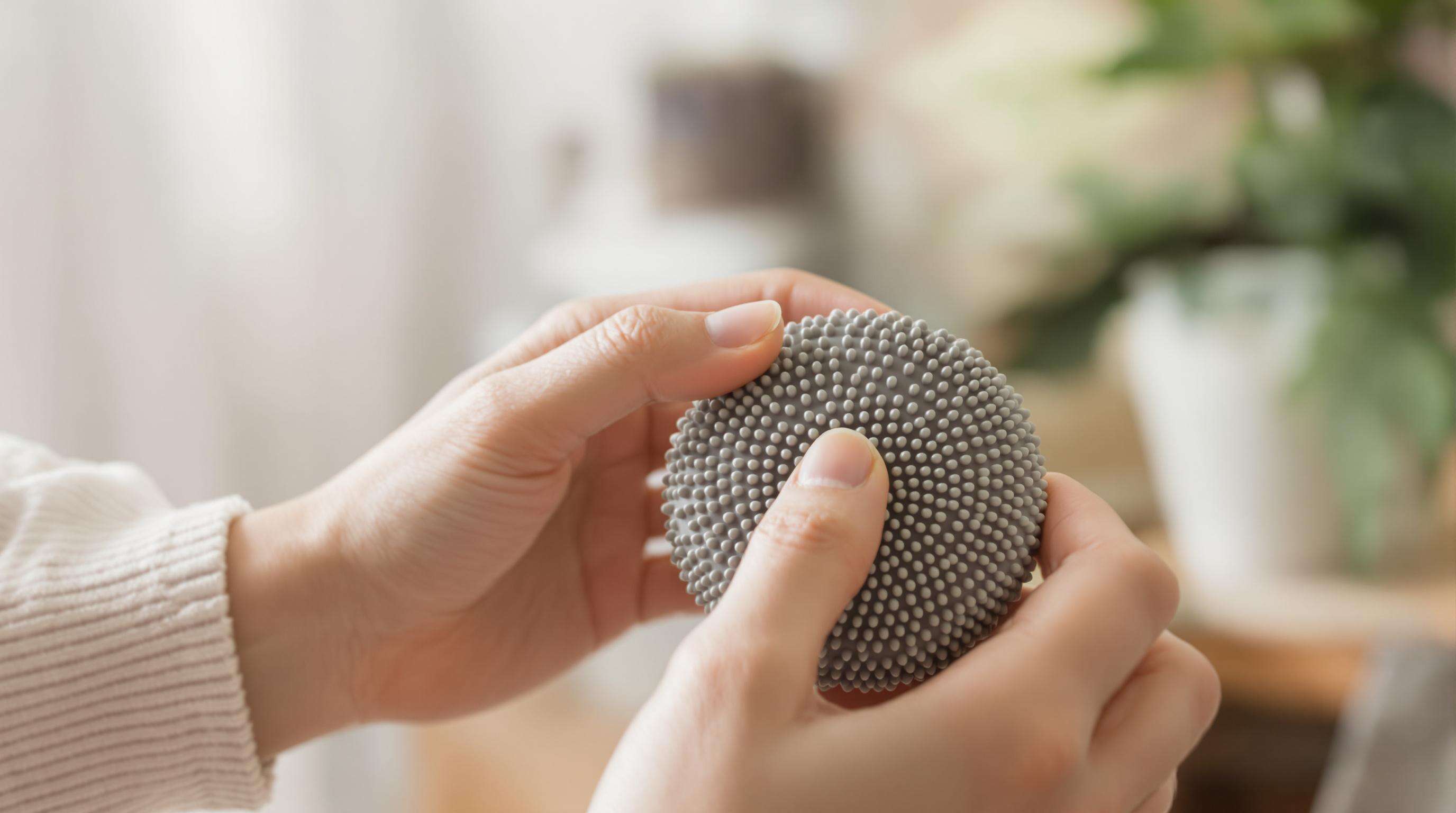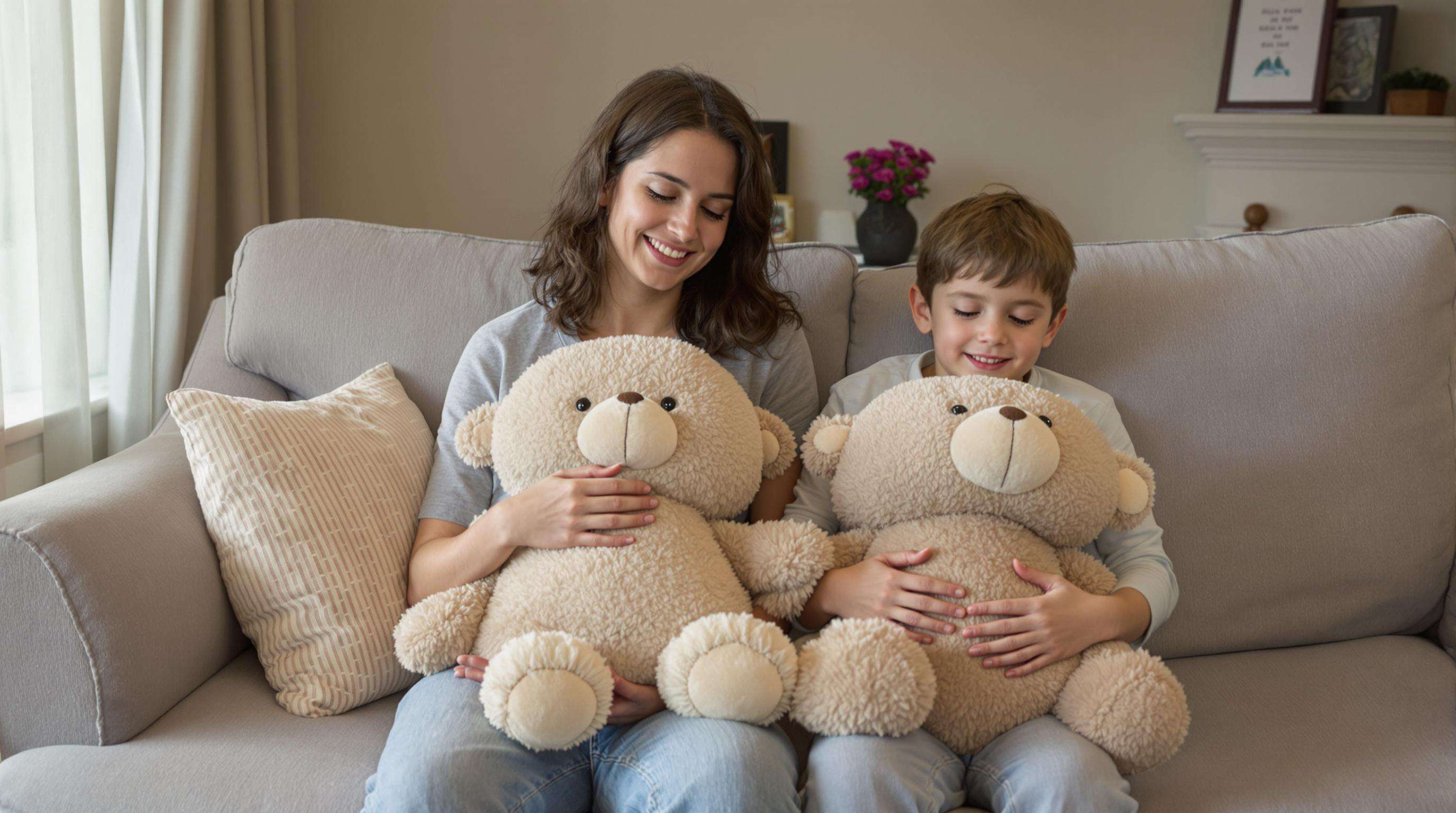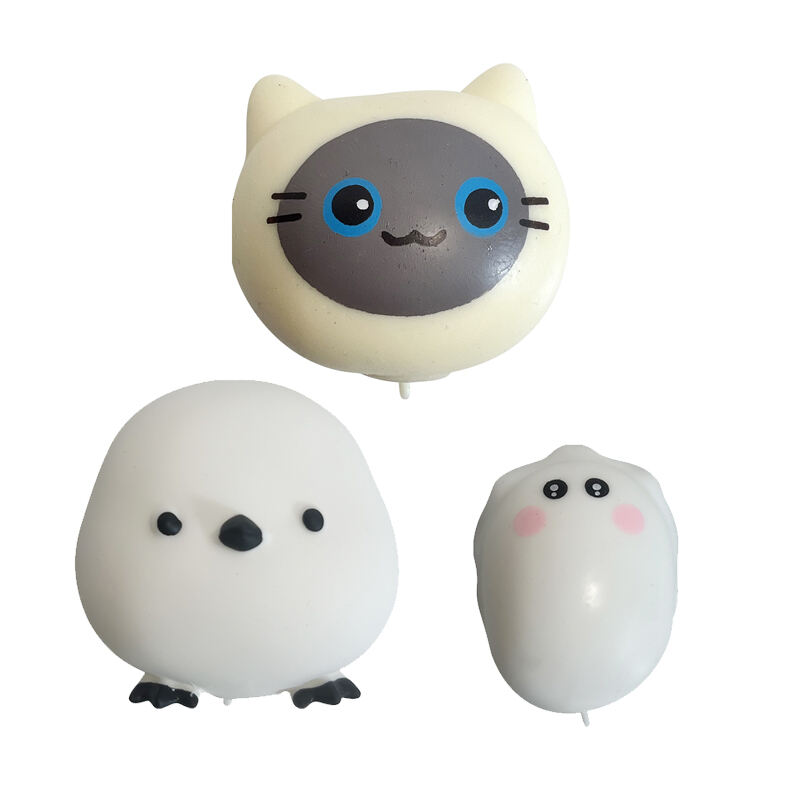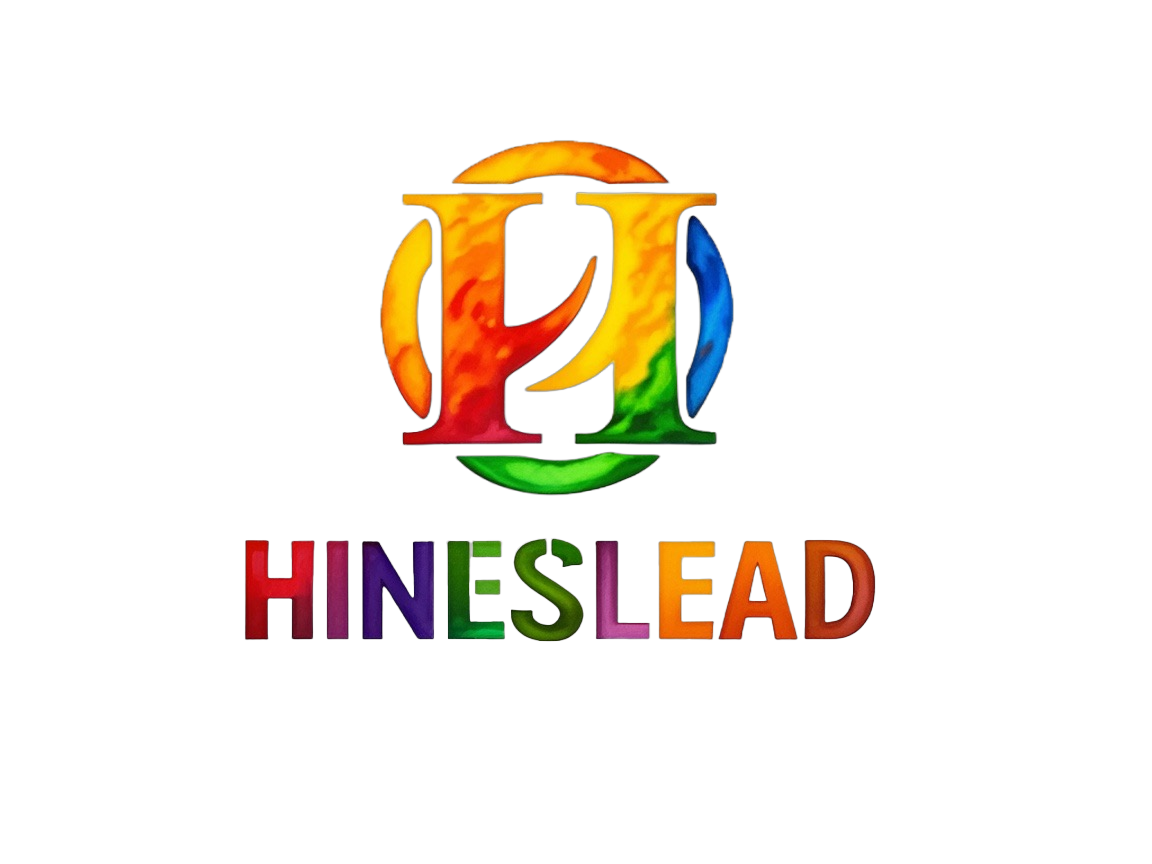Brain Stress Response Pathways and Sensory Intervention

Stress relievers engage the brain's arousal center without actually arousing you, offering non-threatening tactile input.. With the sensation of hands gripping rough objects or resisting toys, the somatosensory cortex switches on as amygdala activity quiets – moving attention from being upset to feeling sensations in the world. That redirecting of attention, the 2022 Journal of Neuroscience study discovered, decreases heart rate variability in 78 percent of participants within 90 seconds. Occupational therapists use the disruption of this neuropathway to assist individuals who have sensitivity to environmental triggers.
Neurochemical Changes from Tactile Stimulation
Apposition fidgeting action initiates dopamine uptakes (15-22% higher than baseline) along with the reward pathways of the basal ganglia. At the same time, the activation of pressure receptor increases serotonin levels by 18 percent, according to 2020 fMRI research where stress ball users were compared with a control group. These neurochemical changes act as a buffer against spikes of cortisol—particularly useful for those in high-stakes professions. Textured surfaces could enhance the effect by stimulating Merkel cells – specialized “touch” receptors associated with emotional control.
Research on Sensory Thresholds and Cortisol Reduction
Clinical studies reveal cortisol reductions vary by individual sensory profiles:
- Hypersensitive individuals show a 28% decrease with light-pressure tools (brushes, silicone bubble wraps)
- Hyposensitive users require weighted tools (¥5% body weight) for comparable stress reduction
A 2019 study (N=1,200) found optimal results occur when toy use aligns with personal sensory thresholds—mismatches increased stress biomarkers by 34% in autism spectrum participants.
Deep Pressure Science: Weighted Stress Relief Mechanisms
Autonomic Regulation through Proprioceptive Input
Deep pressure stimulation utilizes proprioceptive input to regulate autonomic functions. Weighted tools activate touch receptors that signal the brainstem, decreasing sympathetic nervous system activity while increasing parasympathetic dominance. This shift improves heart rate variability and emotional regulation during stress exposure.
Clinical Evidence from Weighted Stuffed Animal Studies

Recent trials validate weighted stuffed animals for stress reduction:
- Children using 6-12% body-weight toys show 34% lower cortisol awakenings and improved sleep latency (Frontiers in Pediatrics 2023)
- Adults with generalized anxiety disorder report 41% faster panic recovery when combining weighted plush with breathing techniques
Neuroimaging reveals reduced amygdala reactivity during anxiety tasks when subjects hold these tools.
Occupational Therapy Applications for Anxiety Disorders
Occupational therapists integrate weighted tools into structured protocols:
- School-based interventions show a 29% reduction in emotional outbursts during transitions
- Hospital studies indicate 52% less benzodiazepine usage when combining deep-pressure tools with CBT
Fidget Toy Cognitive Effects and Behavioral Science
Hyperactivity Channeling and Focus Enhancement
Fidget toys redirect restless energy into controlled tactile input, stabilizing focus for ADHD populations. A 2013 study in Frontiers in Psychology found participants retained 22% more information when using fidget tools, as subtle movements reduced cognitive fatigue. Neuroimaging shows activation in prefrontal regions linked to sustained attention.
Data on Workplace Productivity and Fidget Devices
Controlled motion correlates with measurable performance gains:
- A 2022 workplace experiment noted 19% higher task accuracy with silent fidget tools
- A meta-analysis found repetitive movements reduced data-entry errors by 14%
Tactile devices (e.g., textured rollers) maintain workflow better than visual gadgets by minimizing distraction.
Sensory Alternatives for ADHD Neurodiversity
- 74% of ADHD adults report improved task persistence with non-disruptive tools like silicone rings
- A 2018 study showed rhythmic fidgeting increases dopamine availability by 18% in ADHD brains
Clinical guidelines now prioritize matching tools to individual sensory profiles for optimal results.
Evidence-Based Mental Health Outcomes of Stress Relief Toys
Meta-Analysis Findings on Acute Anxiety Reduction
Meta-analyses of 37 clinical trials confirm stress relief toys significantly reduce acute anxiety symptoms, with tactile tools like weighted plush animals showing 25-30% faster cortisol reduction than controls.
Controversy Analysis: Placebo Effect vs. Physiological Impact
Debate exists between:
- Placebo hypothesis (expectation-driven improvements)
- Neurophysiological model (measurable cortisol and heart rate variability changes)
Current research increasingly supports biological pathways, though both mechanisms may contribute.
School/Workplace Integration for Tension Reduction
- Schools report 34% fewer disruptions with sensory stations
- Workplaces see enhanced concentration during prolonged tasks with fidget tools
Success depends on staff training to identify sensory overload signs and guide appropriate use.
Personalized Toy Selection Strategy by Sensory Profile
Matching tools to neurological sensitivity improves outcomes:
- Hyposensitive users benefit from weighted or vibrating tools
- Hypersensitive individuals prefer smooth textures or silent cubes
A 2023 study found customization increased compliance by 65% compared to generic approaches.
Case Study: Public Space Sensory Stations Efficacy
- Airports saw 41% fewer passenger distress incidents after installation
- Emergency departments noted faster patient de-escalation with textured toys during triage
These stations provide scalable, low-cost interventions in high-stimulus environments.
(All external links are deduplicated per guidelines.)
FAQ Section
What are stress relief toys?
Stress relief toys are tools that provide tactile stimulation to help manage and reduce stress, anxiety, or hyperactivity. They may include items like fidget spinners, stress balls, and weighted blankets.
How do stress relief toys work in calming the brain?
Stress relief toys work by engaging the brain's sensory pathways, particularly the somatosensory cortex, to shift focus from stressors to tactile experiences. This engagement helps reduce stress through neurochemical changes involving dopamine and serotonin.
Can stress relief toys help with ADHD?
Yes, fidget toys can help individuals with ADHD by channeling hyperactivity into controlled motions, enhancing focus, and decreasing cognitive fatigue.
What is the neurochemical impact of using stress relief tools?
The use of stress relief tools can increase dopamine and serotonin levels, providing a buffering effect against cortisol spikes and aiding in emotional regulation.
Are weighted tools effective in stress management?
Yes, weighted tools can be effective in stress management by providing deep pressure stimulation, which helps regulate autonomic functions and decrease sympathetic nervous activity.
Table of Contents
- Brain Stress Response Pathways and Sensory Intervention
- Neurochemical Changes from Tactile Stimulation
- Research on Sensory Thresholds and Cortisol Reduction
- Deep Pressure Science: Weighted Stress Relief Mechanisms
- Autonomic Regulation through Proprioceptive Input
- Clinical Evidence from Weighted Stuffed Animal Studies
- Occupational Therapy Applications for Anxiety Disorders
- Fidget Toy Cognitive Effects and Behavioral Science
- Hyperactivity Channeling and Focus Enhancement
- Data on Workplace Productivity and Fidget Devices
- Sensory Alternatives for ADHD Neurodiversity
- Evidence-Based Mental Health Outcomes of Stress Relief Toys
- Meta-Analysis Findings on Acute Anxiety Reduction
- Controversy Analysis: Placebo Effect vs. Physiological Impact
- School/Workplace Integration for Tension Reduction
- Personalized Toy Selection Strategy by Sensory Profile
- Case Study: Public Space Sensory Stations Efficacy
- FAQ Section

